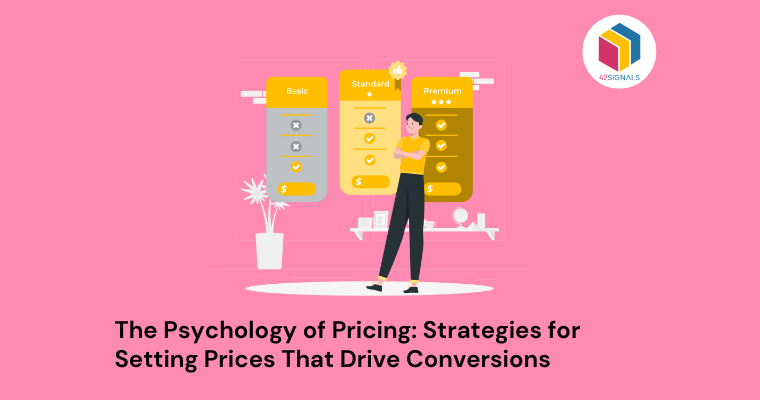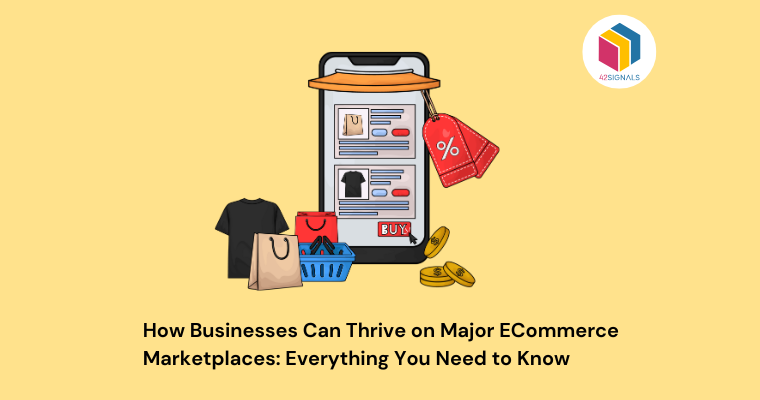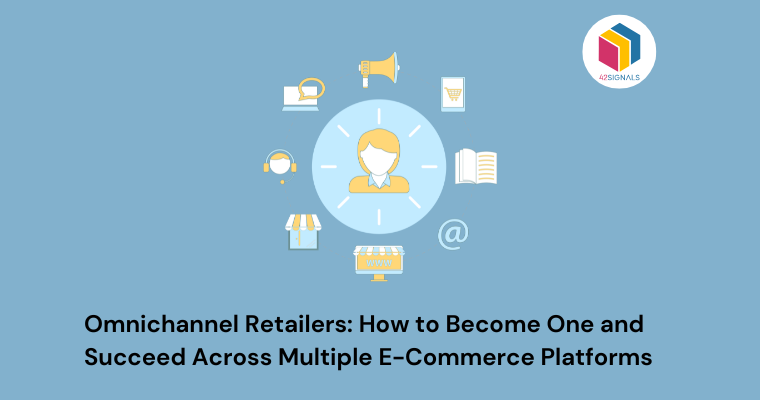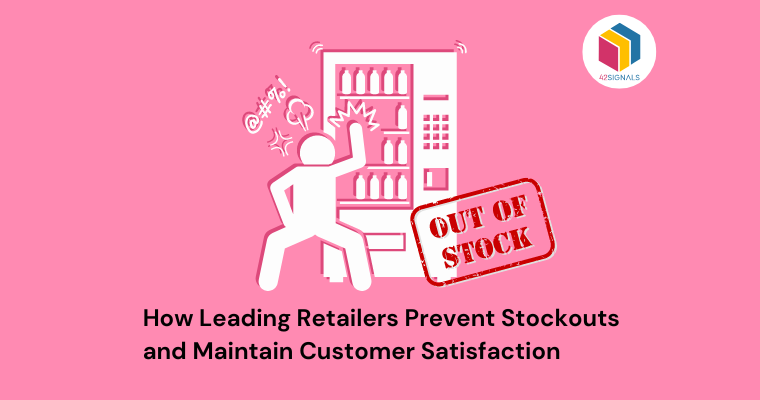Pricing is a crucial aspect of any business, yet many entrepreneurs and marketers overlook its psychological impact. Understanding the psychology behind pricing strategy can help you set prices that not only cover your costs but also appeal to customers, leading to higher conversions.
Different consumer segments exhibit distinct purchasing behaviors based on their preferences, values, and motivations. For instance, some customers are willing to pay a premium for high-end products like iPhones because they associate them with status or quality. On the other hand, some actively seek out discounted items, deriving satisfaction from getting good deals. Recognizing these differences allows businesses to tailor their pricing strategies accordingly.
There are numerous pricing strategies available such as bundle pricing (offering multiple related items together), dynamic pricing (changing prices frequently according to supply and demand fluctuations), and psychologically appealing prices (setting prices just below round numbers). Each has its merits and drawbacks, hence requiring careful examination before adoption.
Let’s look at some proven strategies based on consumer behavior and decision-making processes with real-life examples for clarity.
#1 Charm Pricing Strategy
Charm pricing involves setting prices just below round numbers (e.g., $9.99 instead of $10). Research shows that consumers perceive these slightly lower prices as better deals than they actually are because our brains process “99” differently from “$100.” We see $9.99 as closer to $9 than to $10, making it seem like a more reasonable price.

Image Source: Metrics Cart
Amazon famously uses charm pricing for millions of products, including books, electronics, and household items. By doing so, they tap into consumers’ subconscious tendency to associate lower prices with greater value, thereby boosting sales.
#2 Anchoring Effect
Anchoring refers to how initial information influences subsequent judgments or decisions. In retail, anchoring occurs when shoppers use the first piece of pricing information encountered as a reference point for evaluating other products’ values.

Image Source: Ben Guttmann
For instance, Apple often showcases their latest iPhone model alongside older versions, highlighting significant improvements and innovations. Displaying high-end devices acts as an anchor, causing mid-range smartphones nearby to appear more reasonably priced and attractive to budget-conscious consumers.

Image Source: Business Insider
Thus, strategic arrangement of merchandise and promotional materials can positively sway purchasing decisions.
#3 Tiered Pricing Strategy
Tiered pricing offers multiple options at varying price points, appealing to different segments within your target market. Adobe Creative Cloud employs a three-tiered subscription plan comprising Photography, Single App, and All Apps plans, catering to amateur photographers, professionals requiring specific tools, and power users demanding comprehensive suites.

Image Source: Better Proposals
Each level addresses unique customer needs while preserving distinct hierarchical differences, enabling potential buyers to select their optimal packages effortlessly. Implementing well-designed tiered pricing structures enhances user experience and drives conversions.
#4 Price Skimming
Price skimming entails launching new products or services at premium prices before gradually reducing them over time. Sony did precisely this upon introducing Blu-ray players, charging exorbitant fees initially, then progressively slashing prices as competitors entered the fray. Early adopters paid steep sums, cementing the notion of superiority and exclusivity surrounding Blu-ray discs.

Image Source: Prisync
Eventually, mass adoption followed suit, fueling widespread acceptance of home theatre systems featuring cutting-edge video playback capabilities. Price skimming remains a potent weapon in tech industries where rapid innovation cycles drive constant change.
#5 Odd-Even Pricing Strategy
Odd-even pricing alternates odd and even digits in consecutive price points, creating visual contrast and drawing attention to certain products or categories. Consider placing less expensive impulse buy items at odd prices ($5.97) alongside pricier alternatives at even prices ($68.00).

Image Source: PriceShape
Supermarkets frequently utilize such techniques, interspersing loss leaders among regular stock to stimulate foot traffic and increase basket sizes. Likewise, e-commerce platforms capitalize on similar cognitive biases, encouraging customers to purchase add-ons and accessories along with primary selections.
#6 Value-Based Pricing
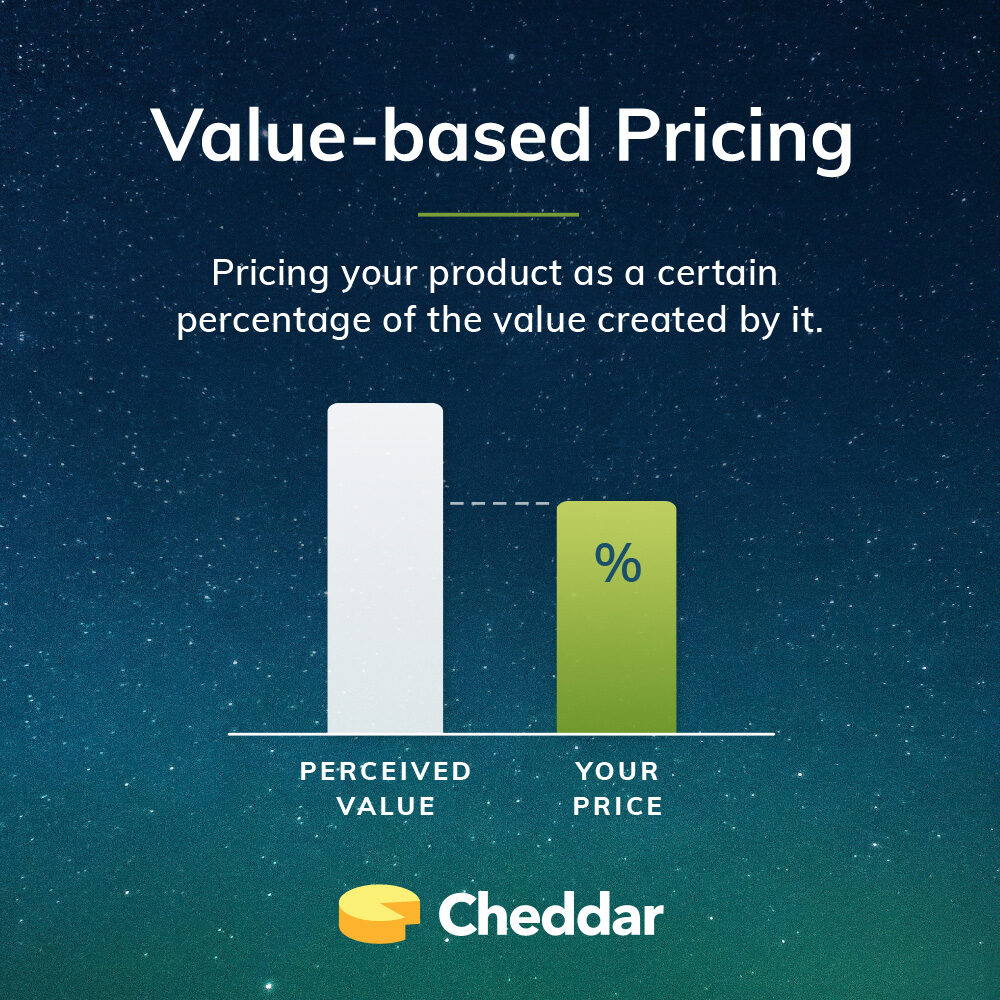
Image Source: Cheddar
Value-based pricing determines prices based on perceived value rather than production costs. Patagonia excels at extracting maximum worth from environmentally conscious clientele via value-based pricing models. By emphasizing sustainably sourced raw materials, fair labor practices, and robust warranties, Patagonia convinces shoppers that their garments merit inflated price tags. Thoroughly comprehending target-audience preferences, expectations, and financial limitations ensures accurate valuations reflective of true desirability, bolstering both revenue streams and corporate images simultaneously.
#7 Bundling Discounts
Bundling discounts involve offering two or more complementary goods or services together at reduced combined prices compared to buying each item separately. Microsoft Office Home & Student edition exemplifies this concept perfectly, combining Word, Excel, PowerPoint, and OneNote under one umbrella for a single fee significantly cheaper than individual licenses would command.

Image Source: Priceva
Offering such integrated collections provides tangible benefits beyond mere monetary incentives—streamlined installation procedures, cohesive functionality, and simplified licensing management represent ancillary advantages derived from cleverly constructed bundled packages.
#8 Premium Positioning
Premium positioning targets affluent consumers who prioritize status symbols and exceptional quality. Rolex has perfected this approach, cultivating an image synonymous with opulence since its inception in 1905. Through meticulous design language, impeccable build quality, and judicious marketing campaigns, Rolex maintains astronomical profit margins commensurate with elite stature within horological circles.

Image Source: FourWeekMBA
Such steadfast dedication to luxurious aesthetics underscores enduring loyalty amongst devotees craving timeless sophistication—a niche few brands successfully occupy amidst increasingly competitive landscapes.
To arrive at the right price point, brands can leverage customer sentiment analytics, also known as Voice of Customer analytics, to understand what customers feel regarding the product’s price point, and use that data to improve the prices of future products.
Conclusion
To develop an effective pricing strategy you must first understand the psychology of your customer. This may vary from product to product and industry to industry.
Customer behavior for a low-cost product will be a lot different compared to that of a premium product and to sell well adopting the right pricing strategy is crucial. Depending on your product type and market, choose one of these 8 pricing strategies that make sense for your business in the long run.
42Signals helps brands arrive at the optimal price point through competitor data and category insights. If you’re curious to know how we could be of help, schedule a demo or sign up for a free trial today.

